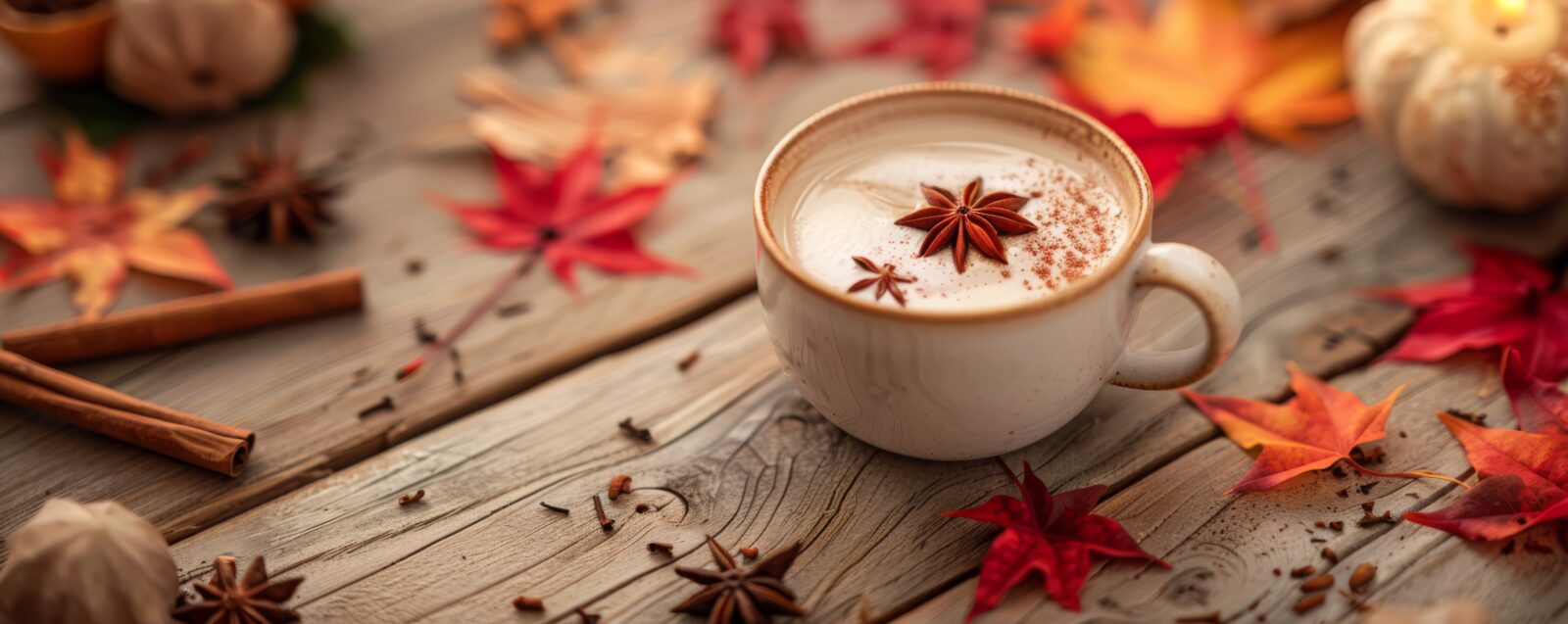How chai became more than a fall drink
In the West, most people associate chai with sweet, milky lattes punched up with baking spices. They soothe spirits, tantalize taste buds and stoke our autumnal passions. We celebrate chai’s place in our society, and always carry close to a dozen custom chais. Our chais are among our most popular blends—especially beginning in autumn, when temperatures nosedive and people find comfort warm mugs of
But the drink’s origins have nothing to do with fall, the holidays and cold weather. In fact, chai’s origins find their roots in wellness.
Long before Indians began sipping chai, they were crafting herbal decoctions called kadhas—botanical blends used for health that aligned with principles of Ayurvedic medicine. People in the subcontinent mixed spices and herbs, brewed them in hot water, and sipped the liquor to aid with everything from digestion to chest congestion.
During the 19th century, British colonists began cultivating tea in India to compete with China, which at the time produced nearly all of the world’s tea. Eventually Camellia sinensis filtered down to the people of India, but the leaves were very expensive. To take advantage of tea, without needing a lot of it for brews, they incorporated it into kadhas. And then they added sweetener to mitigate tea’s natural bitterness. Milk also became part of the recipe—among other things, it helped soften tea’s mouth-puckering tannins.
How chai gets sipped in different Indian cities
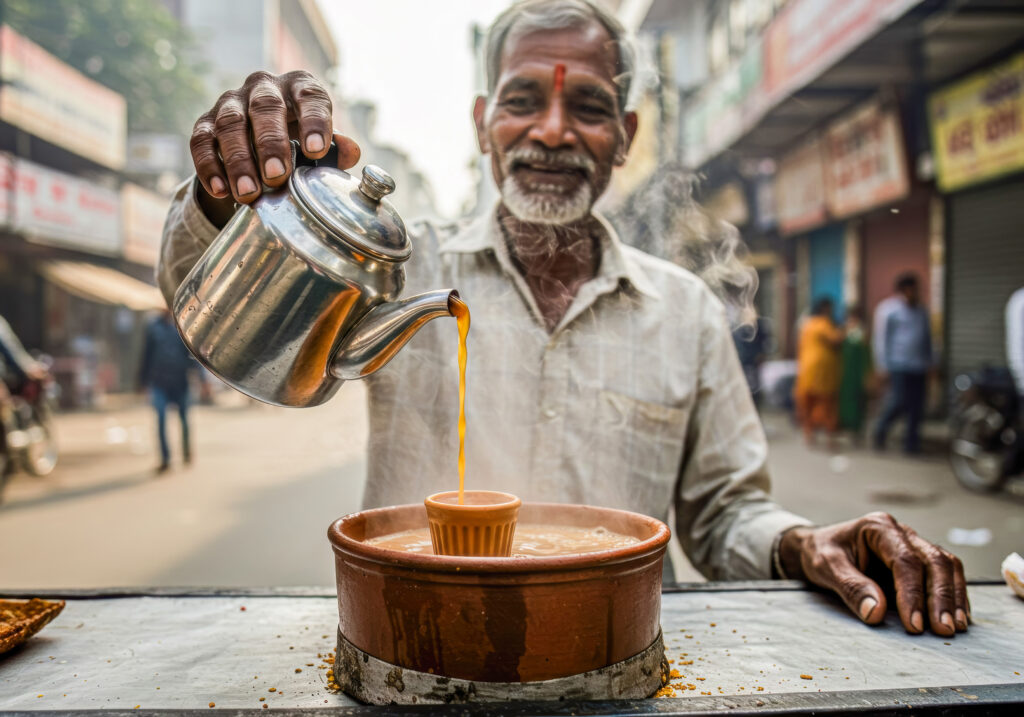
The Ayurvedic drink took off between the 1930s and the 1950s and became known as chai, which means tea in India. Now it stands as one of the pillars of the many cultures that make up India. In Kolkata, it’s brewed in milk and heavy on cardamom—the city’s sweltering climate hatched a chai that’s more about smoothness and aromatics than fiery heat. Mumbai chai gets brewed strong with loads of ginger. The caffeine jolts help boost people navigating the city’s frenetic pace. In the colder northern parts of India, the concoction contains myriad warming spices. Ditto for South India, which is the country’s spice belt.
One thing all the styles have in common? Drinking chai happens across the day, and it brings people together. People rarely sip it alone.
Chai doesn’t spark daily gatherings in the United States. As with so many beverages, people often drink it on the go, and alone at desks and in kitchens. But it has hatched a kind of culture. What’s pumpkin spice? In essence, a chai blend. Meanwhile, with the seasonal pivot to fall every year many people rediscover chai. And they keep on gulping it down into the spring.
Let’s kick off chai season 2025 with an exploration of just a sampling of our offerings. They are sure to thrill!
Chai Season Begins: Pumpkin Spice Chai
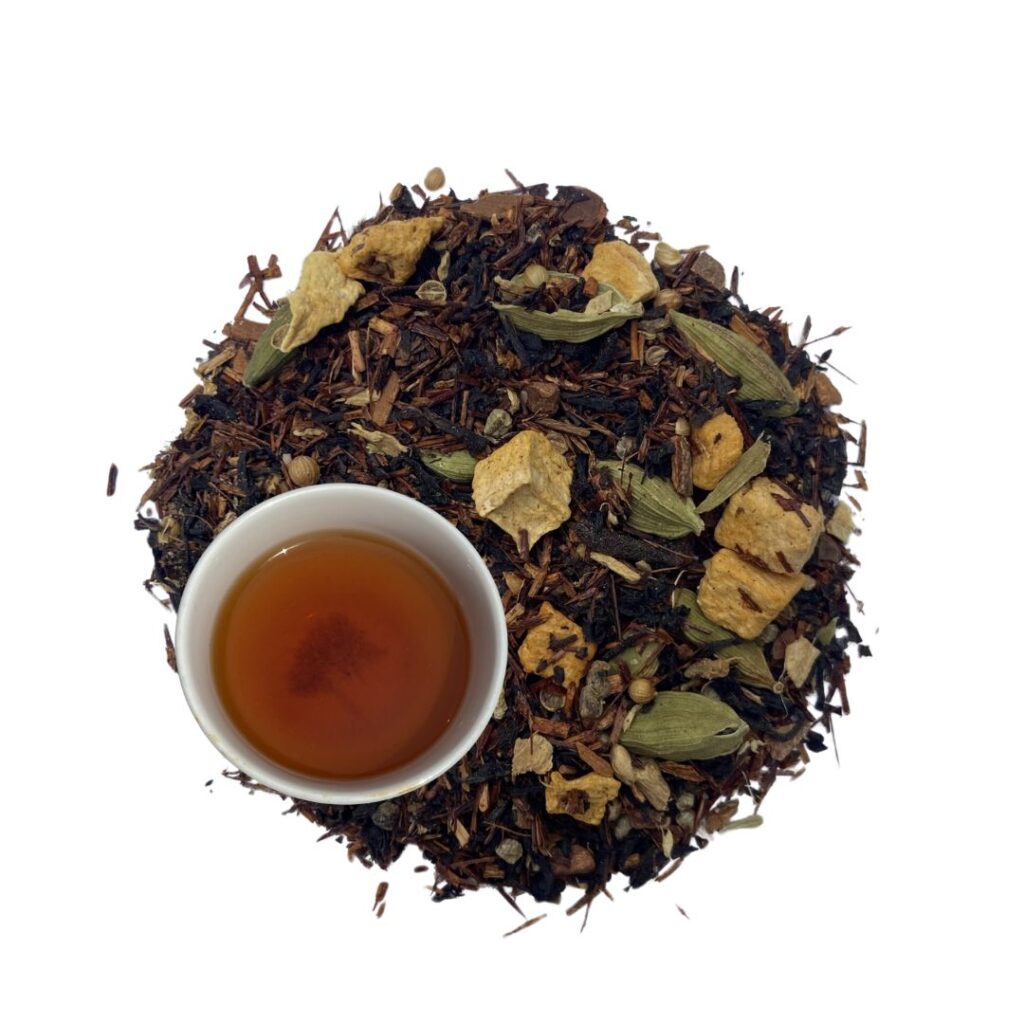
Pumpkin spice—the all-American classic! Interest in chai predates the dramatic rise of pumpkin spice bewitchment—coffee shops have been offering chai lattes for decades. Starbucks revved the pumpkin spice engines when it introduced PSLs (pumpkin spice lattes) in 2003. And then the craze then turned into a decades-long blaze, one that remains hot!
As chai lovers, we could not resist coming up with our own custom pumpkin spice chai blend. The enchanting mix of ingredients leads with black tea, which is traditional for chai. But it also contains rooibos, the South African shrub with earthy flavor notes and loads of healthy electrolytes. To these foundations we incorporate cardamom, cinnamon, nutmeg, clove and ginger—all hallmarks of a proper pumpkin spice blend. But we also add real pumpkin, which contributes subtle vegetal notes and softens the tea’s texture. It’s a beauty!
Chai Season Begins: Autumn Chai
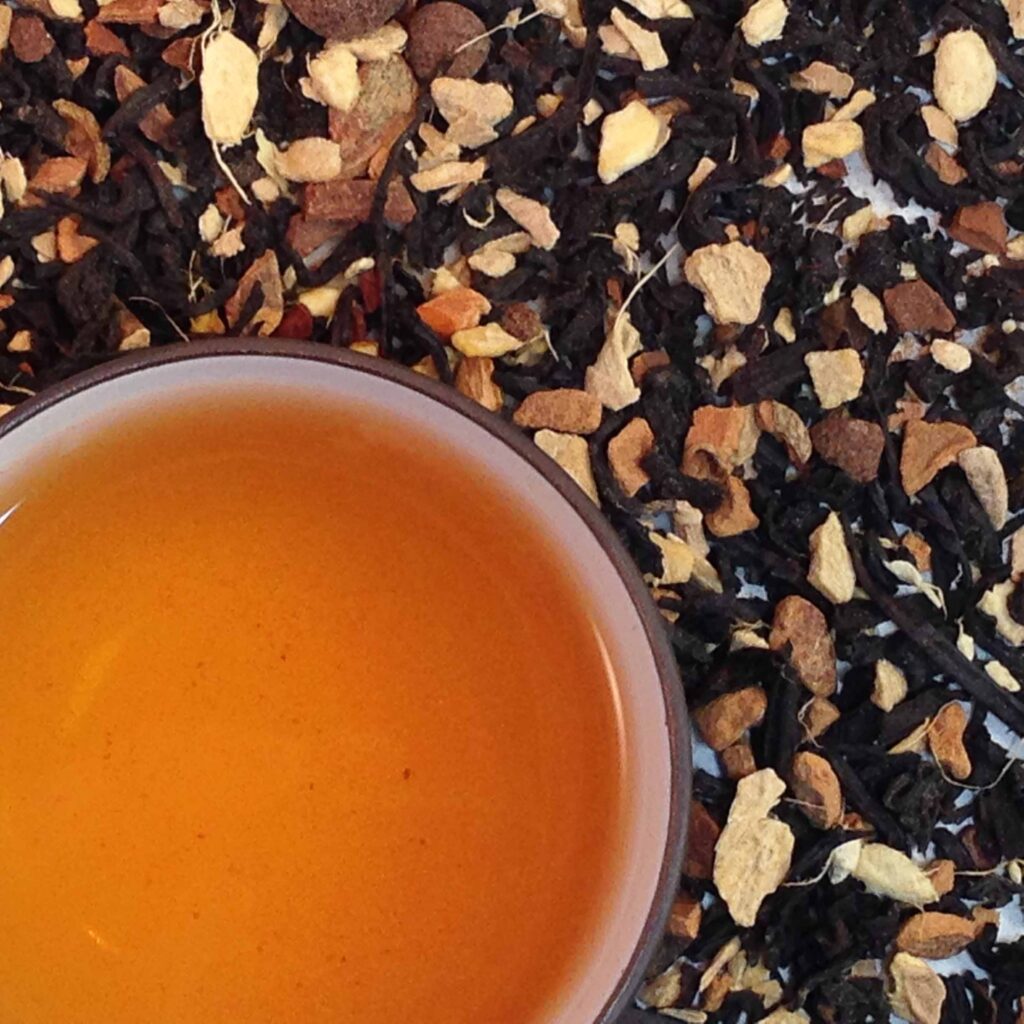
The correspondence between autumn and chai is so profound that we came up with our own chai to celebrate the union. Aspen leaves now blaze gold, and stores mass orange jack-o-lanterns outside their front doors. Front porches, too, showcase grinning pumpkins. And that’s when we start brewing our Autumn Chai, a magnificent blend of Madagascar Vanilla Black Tea, cinnamon, allspice, ginger and nutmeg. These all are classic fall flavors, including the vanilla, which works its way into countless Halloween cookies and candies. Mark the season this year with hot mugs of our Autumn Chai! Chances are, you’ll drink it across the season—and do it all over again in 2026.
Chai Season Begins: Firefly Chai
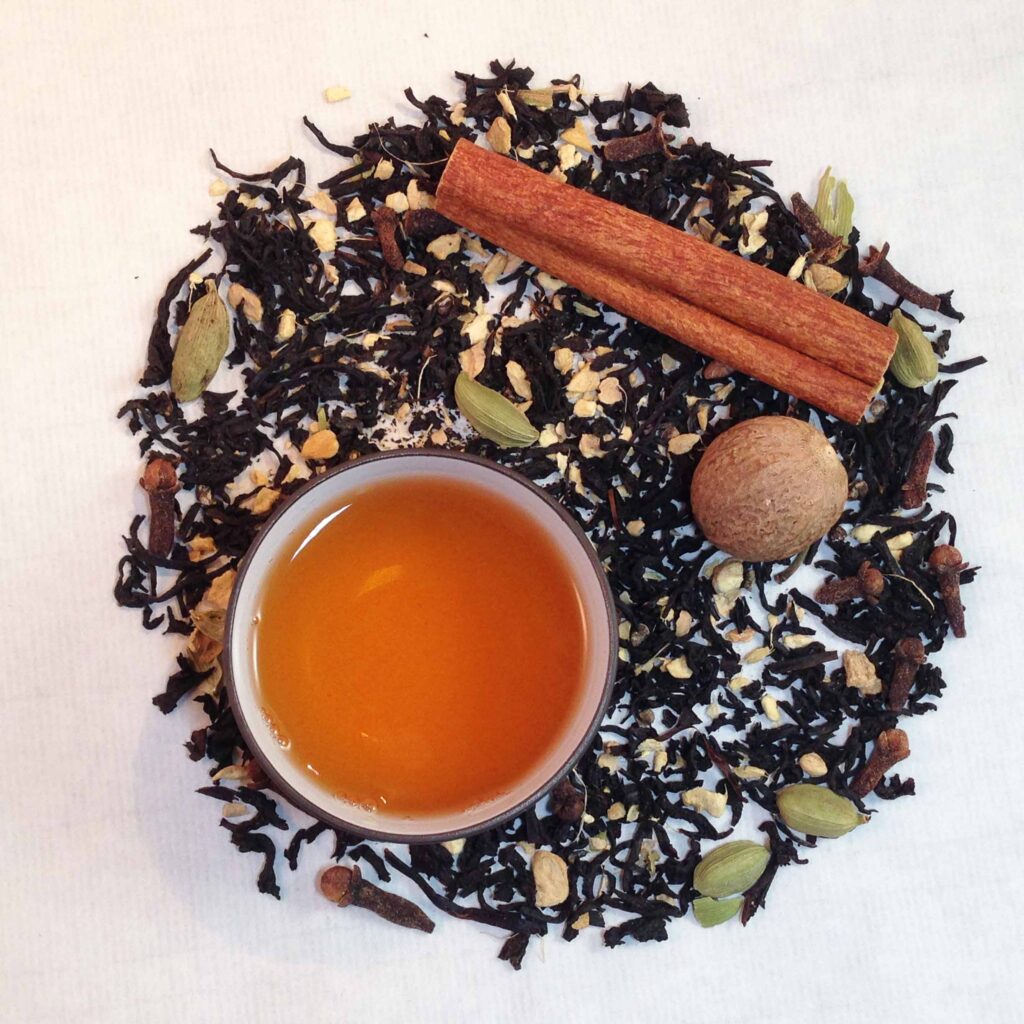
Most chais repeat some spices. All of the chais we feature here, for example, contain cinnamon, which is a standard chai spice. Ditto for ginger. But this chai dream also contains sultry and mysterious cardamom—one of our favorite flavors. And the black tea blend also features nutmeg, a spice equally at home in sweet and savory dishes. If you’ve ever had the French creamy sauces béchamel and mornay, for example, you’ve tasted hints of nutmeg. But it also stars in spice cakes, carrot cake, pumpkin pie, cookies and apple desserts. So versatile! And we think both the nutmeg and the cardamom make this chai utterly charming.

